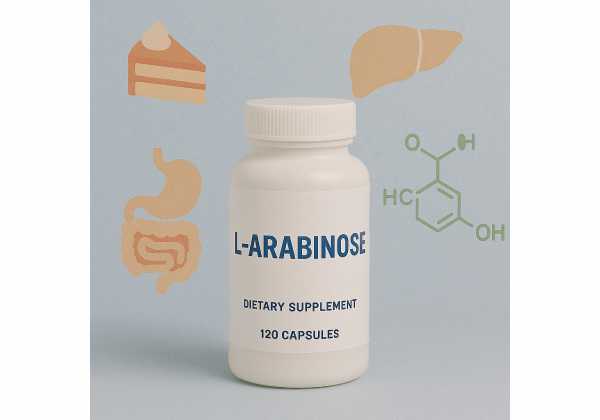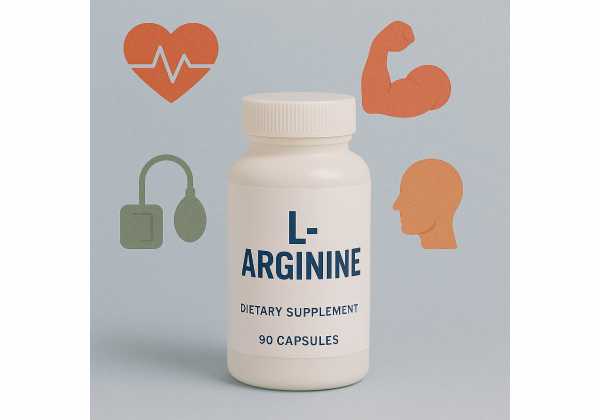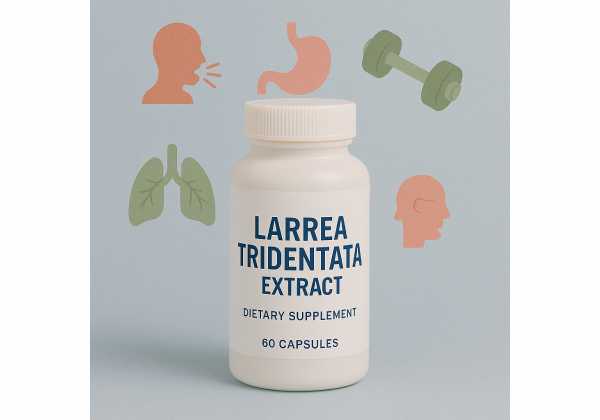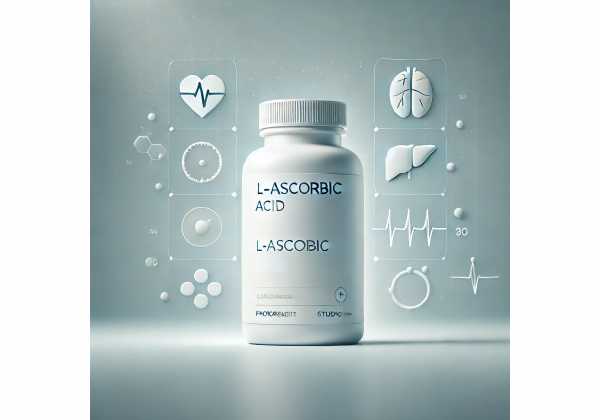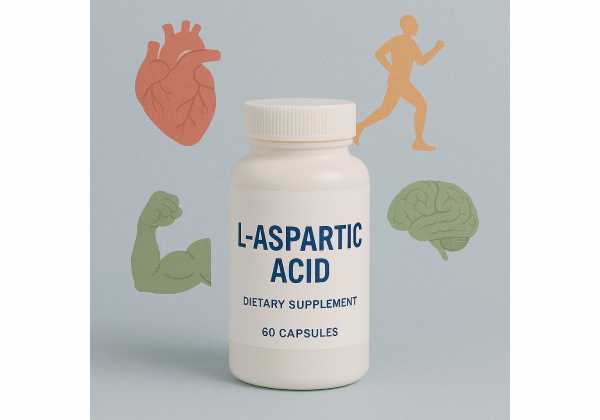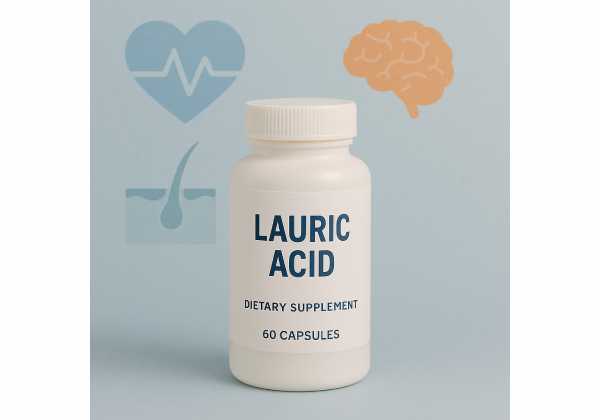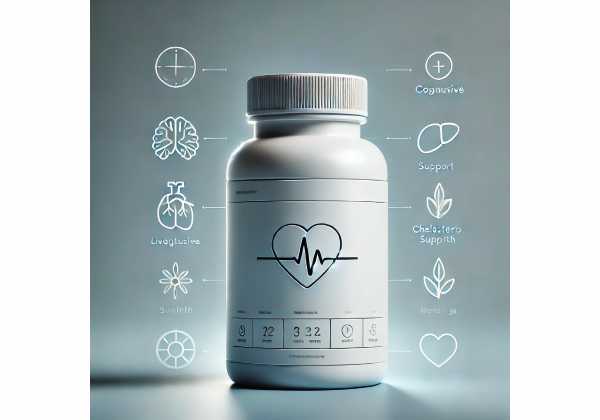Lapacho: Immune and Inflammation Support, Best Ways to Use, Dosage Ranges, and Risks
Lapacho—also called pau d’arco, taheebo, or pink trumpet tree bark—is a traditional South American herbal remedy made from the inner bark of Handroanthus/Tabebuia trees. It’s rich in naphthoquinones such as lapachol and beta-lapachone, as well as phenolics and other compounds that give the herb antimicrobial and anti-inflammatory potential in lab settings. People commonly use lapacho as a tea or...
L-Arabinose: Sweetener Properties, Metabolic Benefits, Recipe Tips, Dosage Advice, and Safety
L-arabinose is a naturally occurring “rare sugar” found in plant fibers such as hemicellulose. As a supplement or functional ingredient, it’s prized for one practical reason: when taken with sucrose-containing foods, it can blunt the post-meal rise in blood glucose and insulin by inhibiting a key digestive enzyme (sucrase). Unlike non-nutritive sweeteners, L-arabinose still tastes mildly sweet and provides...
L-Arginine: Cardiovascular and Sexual Health Benefits, Practical Dosing, and Risks Explained
L-arginine is a conditionally essential amino acid that your body uses to make nitric oxide—a messenger that relaxes blood vessels and influences circulation, blood pressure, and sexual function. It is also involved in creatine synthesis, wound repair, immune activity, and the urea cycle. As a supplement, L-arginine shows promise for specific goals such as blood-pressure support and certain cases...
Larrea tridentata extract : Benefits, Properties, Uses, Dosage, and Side Effects Explained
Larrea tridentata—better known as creosote bush or chaparral—is a hardy desert shrub long used in folk medicine of the American Southwest and northern Mexico. Modern extracts typically concentrate resinous compounds such as nordihydroguaiaretic acid (NDGA), lignans, and flavonoids that show strong antioxidant, antimicrobial, and enzyme-modulating effects in laboratory models. Interest in Larrea centers on possible roles in metabolic health,...
L-ascorbic acid: Proven Benefits for Collagen and Immune Health, Best Forms, Dosage, and Risks
L-ascorbic acid—better known as vitamin C—is a water-soluble vitamin essential for collagen formation, immune defense, neurotransmitter synthesis, and antioxidant protection. Because humans cannot make it, we rely on food and, when needed, supplements to meet daily needs. Most adults do well with 75–90 mg per day from fruits and vegetables. In specific situations—smoking, intense physical exertion, wound healing, or...
L-Asparagine: Roles in Metabolism and Stress Adaptation, Practical Dosage, Uses, and Risks
L-asparagine is a naturally occurring amino acid your body can make and also obtain from food. It serves as a key carrier of nitrogen between tissues, supports protein synthesis, and helps cells adapt to metabolic stress. Unlike essential amino acids, l-asparagine has no daily recommended intake because healthy adults typically synthesize enough. That is why l-asparagine supplements are less...
L-Aspartic Acid: Evidence-Based Uses for Energy Metabolism, Practical Dosage, and Side Effects
L-aspartic acid is a nonessential amino acid that your body makes every day and also absorbs from protein-rich foods. In cells, it plays quiet but vital roles: moving nitrogen between pathways, helping dispose of ammonia through the urea cycle, shuttling energy-carrying electrons into mitochondria, and serving as a building block for proteins and nucleotides. Because it is abundant in...
Lathyrus: Evidence-Based Benefits, Proper Dosage, Safety Precautions, and Side Effects
Lathyrus is a diverse plant genus best known for the grass pea (Lathyrus sativus), a hardy pulse that feeds people through drought and poor soils. As a food crop, grass pea offers concentrated protein, complex carbohydrates, and a uniquely high content of the amino acid homoarginine—yet it also carries a notorious risk: a neurotoxic non-protein amino acid called β-ODAP...
Lauric acid: Antimicrobial Potential, Food and Supplement Uses, Dosage, and Side Effects
Lauric acid (C12:0) is a medium-chain saturated fatty acid best known for its abundance in coconut oil, palm kernel oil, and human milk. In the body and in formulations, it acts in two distinct ways. First, as a fatty acid, it fuels metabolism differently from longer-chain fats and can be incorporated into cell membranes. Second, when linked to glycerol...
Laurus nobilis leaf extract: Evidence-Based Uses for Skin and Wellness, Dosage Guidelines, and Side Effects
Laurus nobilis leaf extract—derived from the culinary bay leaf—brings together two worlds: the fragrant essential-oil fraction that gives bay its brisk, herbaceous aroma, and a water-soluble polyphenol fraction rich in flavonoids, phenolic acids, and tannins. Depending on how it’s made (water, glycerin, ethanol, or CO₂), the extract can emphasize soothing antioxidants for topical formulas, fresh, camphoraceous notes for aromatics,...
Lavender extract: Evidence-Based Benefits for Anxiety and Sleep, Dosage Guidelines, and Side Effects
Lavender extract bridges the elegant scent of Lavandula angustifolia with practical wellness and cosmetic uses. Depending on how it’s made, “lavender extract” may emphasize the aromatic molecules that drive relaxation (chiefly linalool and linalyl acetate) or the water-soluble polyphenols (such as rosmarinic acid) that add antioxidant and soothing effects to skin care. Oral lavender oil preparations have been tested...
Lavender oil: Calming Properties for Stress and Sleep, Best Forms, Dosage Ranges, and Risks
Lavender oil, distilled from the flowering tops of Lavandula angustifolia, is one of the most studied and widely used essential oils. It’s prized for a balanced chemistry—dominated by linalool and linalyl acetate—that supports gentle relaxation, a calmer mood, and a pleasant sleep routine when used correctly. Beyond aromatherapy, standardized oral preparations have been tested for anxiety, and low-dose topical...
L-Carnitine: Uses for Energy, Recovery, Male Fertility, and Safe Dosing
L-carnitine is a conditionally essential nutrient that shuttles long-chain fatty acids into mitochondria—the “furnaces” of your cells—so they can be burned for energy. Your body makes it from lysine and methionine, yet diet (especially red meat and dairy) also contributes. Interest in L-carnitine spans sports performance, metabolic health, male fertility, nerve pain support, and circulation. Evidence suggests targeted forms—acetyl-L-carnitine...
L-Carnosine: Mechanism, Proven Benefits, How to Supplement, and Potential Side Effects
L-carnosine is a naturally occurring dipeptide made of beta-alanine and histidine. It’s concentrated in tissues that work hard and fast—skeletal muscle, heart muscle, and the brain—where it helps buffer acid during intense effort, neutralize reactive carbonyls that damage proteins, and support cellular resilience under stress. Because blood contains an enzyme (carnosinase) that rapidly breaks carnosine down, tissue levels depend...
L-Citrulline: Blood Flow Support, Exercise Performance, Recommended Dosages, and Side Effects
L-citrulline is a naturally occurring amino acid your body uses to make nitric oxide (NO)—a messenger that widens blood vessels, supports healthy blood pressure, and improves the delivery of oxygen and nutrients to working muscles. You get small amounts from foods like watermelon, but supplemental forms provide clinically meaningful doses. People often take L-citrulline on its own or as...
L-Cysteine: Uses for Recovery and Skin and Hair, Optimal Dosage, and Safety Precautions
L-cysteine is a sulfur-containing amino acid your body uses to build proteins, maintain antioxidant defenses, and keep tissues—especially skin, hair, and nails—resilient. As a “conditionally essential” nutrient, healthy adults usually make enough from methionine, but needs can rise during illness, intense training, aging, or low-protein diets. Cysteine donates sulfur and forms strong disulfide bonds that stabilize keratin and many...


